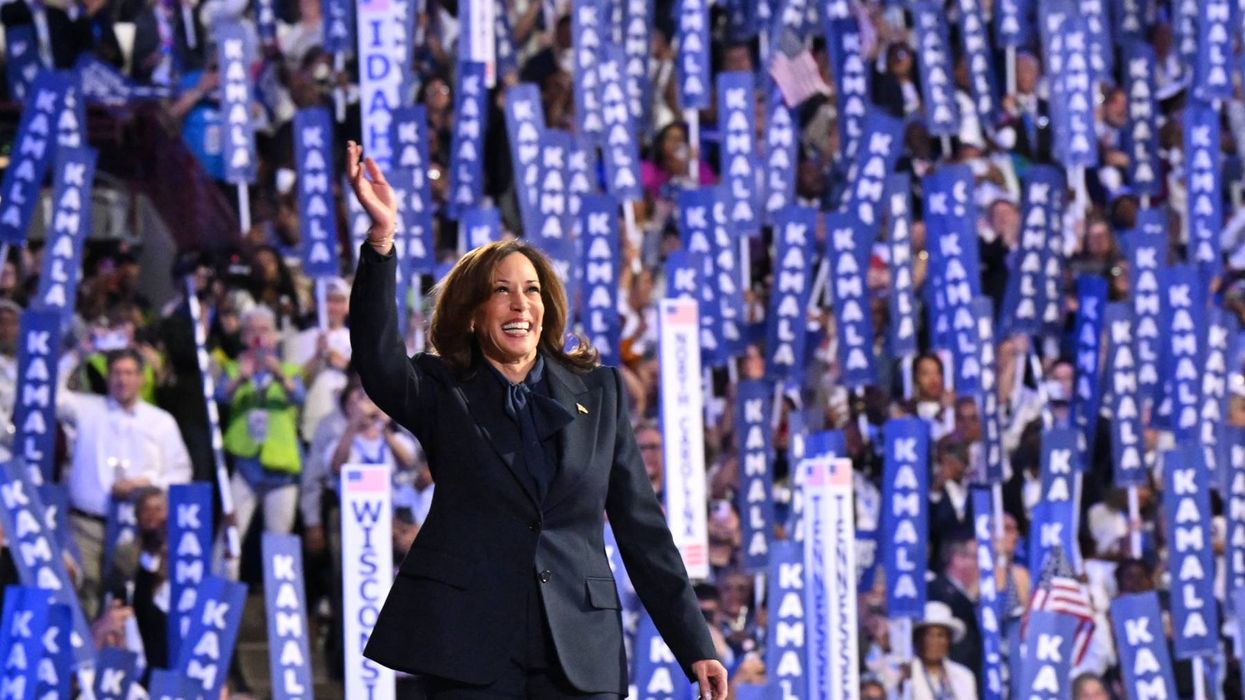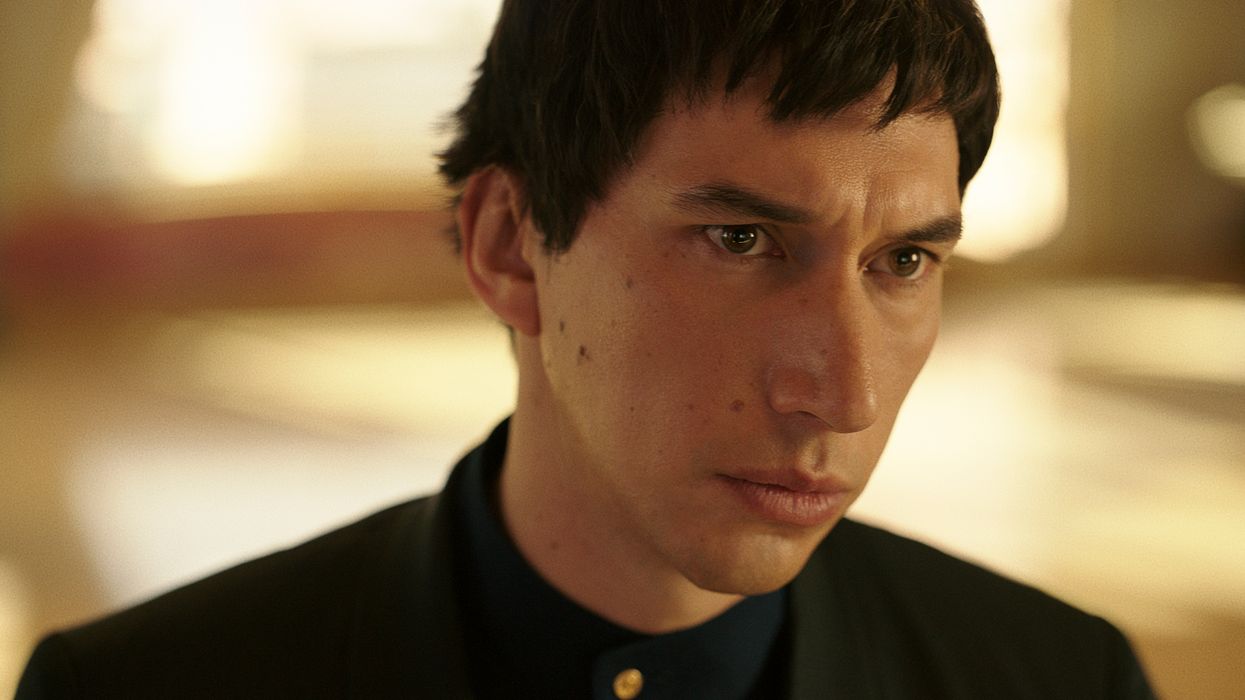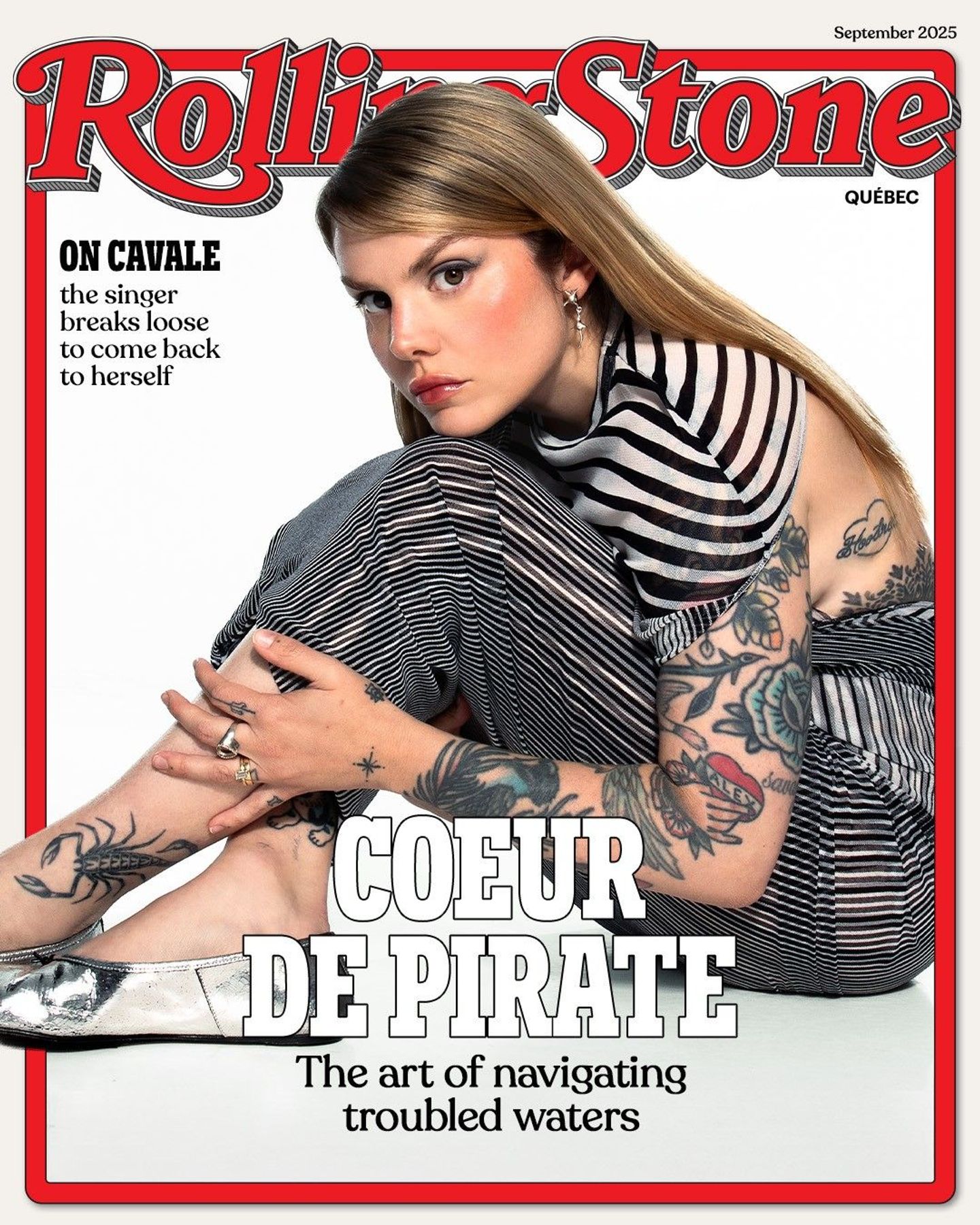When organizers were mapping out this year’s pop-punk Summer School tour, they envisioned it as a daylong event akin to its spiritual predecessor, the Warped Tour. Although most shows on the July and August run would be indoors, a few would take place outside. But before the 25-city trek even began, producers started hearing from worried ticket buyers.
“The kids were saying, ‘Look, I can’t physically do that — it’s going to be over 110 degrees,’” says Mike Kaminsky, who created the festival with Eric Tobin and Warped founder Kevin Lyman. “They were sending us Instagram messages like, ‘Can you post set times? It’s going to be too hot. I’m not going to come until later and want to make sure I’ll still get to see this one particular band.’”
The Summer School heads didn’t disagree with the concerns. “The point of our festival is that we want kids to come early and stay the whole day, since we’re promoting up-and-coming artists,” Kaminsky says. Adds Tobin, “There were summers on Warped when we would say, ‘Oh my God, it’s 95 degrees out.’ Now, it’s 110 in the same market 15 or 20 years later. As a producer, you have to say, ‘What about health and safety when it comes to outdoor music? How can you put kids outside?’”
And with that, the decision was made: Summer School, which features bands like Stand Atlantic, Magnolia Park, and the Home Team, would be held entirely indoors.
Seemingly everywhere, cities are seeing record high temperatures amid hotter summers, and hurricane season is arriving earlier due to warming ocean waters, resulting in a new level of complication during the concert industry’s busiest season. So far, the issue hasn’t been destructive for the industry at large, but the impact from less predictable weather is becoming clearer. Shows are being canceled or postponed, delayed and moved up, insurance is growing increasingly expensive, and artists and festivals are scheduling concerts to work around heat and rain.

Over the last year, several high-profile concerts have faced weather challenges. In June 2023, a Louis Tomlinson show at Red Rocks Amphitheatre was postponed when the Colorado venue was pelted with hail, injuring seven attendees; seventeen Ed Sheeran fans were hospitalized for heat stroke at his Pittsburgh show a month later. That August, Beyoncé’s Washington, D.C., stadium concert had to be cleared for several hours during a lightning storm, with fans sheltering in place in the concourse. (The star herself shelled out $100,000 to keep the city’s trains running after an hours-long delay.)
Noah Kahan had two shows canceled in the past year, one last August due to wildfire smoke and another earlier this summer because of rain. Meanwhile, Foo Fighters had to call off their Citi Field New York concert last month because of a lightning storm, and Hozier postponed a Houston show because of rain in May.
Dating back at least to Woodstock in 1969, inclement weather has had an effect on outdoor live music. But the recent spate of incidents has those in the industry starting to wonder — What’s simply a stretch of bad weather and what is climate change? And if it’s the latter, how can artists, promoters, venues, and fans prepare for what could be a cataclysmic change in how, and where, festivals and outdoor shows are put on?
FOR STARTERS, IT’S DIFFICULT to say how much more often weather is leading to such cancellations, or if there’s been a jump at all. In a statement to RS, concert giant Live Nation said that weather cancellations at outdoor shows in 2024 are “under 1%, and flat to last year. Of course safety is always the priority, which is why decisions on moving or canceling shows are typically made with weather experts and local authorities.”
Roger Sandau, executive operating partner at Galway Holdings and a prominent insurance broker in the live music industry, says insurance companies like his enjoyed strong years in 2022 and 2023, meaning there hadn’t been a major rise in claims coming in on premiums they’ve sold to artists and festivals. If there have been more cancellations, it could be due to the increased number of artists who are on the road rather than it being a weather issue, Sandau says.
But Lara Seaver, director of projects at the music sustainability company Reverb, which advises artists on eco issues for their tours, says it’s happening more often than when she started over a decade ago. “When I first joined Reverb, probably one out of every 10 acts we worked with would have at least one weather cancellation when they went on tour,” Seaver says. “Now pretty much every artist we work with has a weather incident. The increase and severity is increasing.”
Jon Porter, chief meteorologist at AccuWeather, which provides storm warnings for many music venues around the country, cautions against labeling every incident climate change-related. But as he admits, “All around the world, we’re seeing increasing frequency and impact of extreme heat. You may have people outside celebrating for hours before a show even begins. They may be consuming beverages other than water, which increases their risk for heat-related illness. So, this has a major impact on outdoor venues.”
At minimum there is certainly a perception that weather issues at concerts are getting worse. Josh Klein, an entertainment business manager who works with artists like the Chainsmokers, Big Sean, and Charlie Puth, now has at least a couple of weather claims per year on his roster. “There have been more cancellations over the past year because of weather than probably the last five,” he says.
Like Sandau, Steven Perlini, a longtime insurance broker for festivals and touring artists, suggests the sheer volume of artists on the road has made cancellations more prevalent as well. But he says that the cancellation rates have “without a doubt increased” over the past decade and that he’s averaged about eight weather-cancellation claims each year since 2021.
But many say that climate change is becoming a growing inconvenience and could seriously impact live music in ways big and small. This summer, indie-pop band AJR went on their first-ever headlining arena tour. AJR co-founder Adam Met tells Rolling Stone that the band plotted their dates to avoid the deep south in mid-August and September, when the Atlantic hurricane season has traditionally peaked.
Despite those efforts, AJR still had a cancellation in Houston last month when Hurricane Beryl made history as the earliest Category Five hurricane ever recorded in the Atlantic. It wasn’t the hurricane or flooding itself that led to the cancellation, but the broader impact on power outages around the city. “We couldn’t even get in contact with the people who were staffing the venue, from security to ushers to people who are manning the concession stands,” Met says. “We didn’t know if there was going to be food on site for our crew, for the locals, for fans. We didn’t know what kind of power situation was happening with people getting to and from the venue.”
At a recent outdoor show by Pink in Birmingham, England, the flooring that covered the field grew so hot after days of blazing sun that it buckled. “You just kind of hope that by the time the patrons start to come in that the sun is moving and shadows come over those areas where the sun was,” says Malcolm Weldon, Pink’s tour manager. “And then you have enough time that the floor starts to cool off. It sounds weird, but you just kind of hope and pray. It’s nature. And nature doesn’t give a shit who you are or if you have 100 million Twitter followers.”
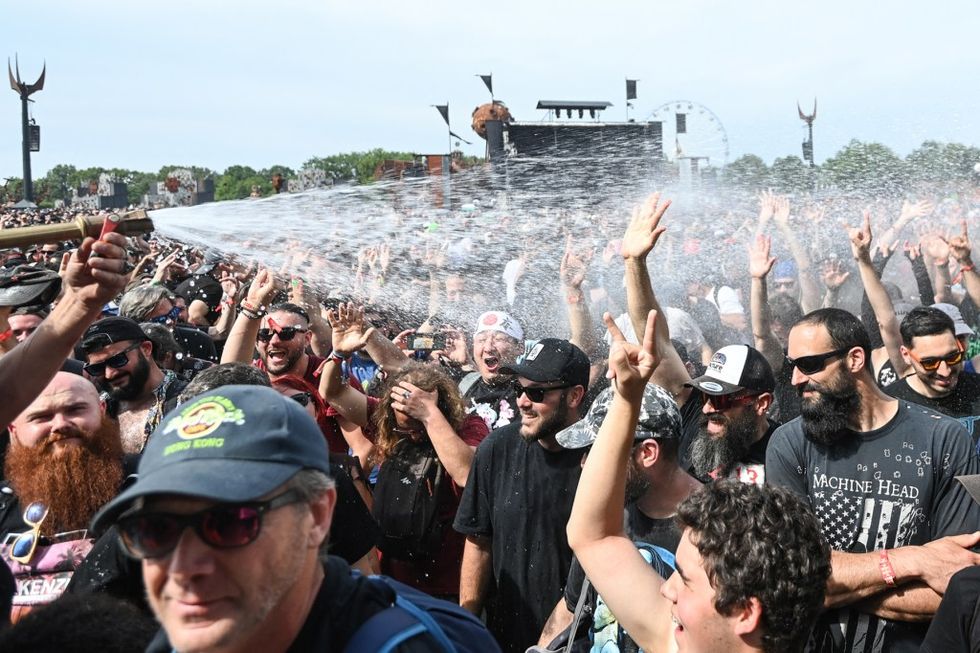
STARTING WITH HIS TIME working for the Pretenders in the Eighties and extending through recent tours with Stevie Nicks, Coldplay, and Billie Eilish, British tour manager Bill Leabody has been on the road for more than 40 years. But Leabody can only recall a handful of times when a show was canceled or shut down. And, in most of those cases, he says, “It was because the singers lost their voice or someone hurt themselves and can’t perform.”
AccuWeather’s Porter feels that the tragedy at a 2011 concert by the country duo Sugarland was a defining moment in the changing-weather impact on live music. Prior to the group’s performance at the Indiana State Fair, a violent storm toppled equipment and scaffolding into the audience, killing seven and injuring nearly 60 concertgoers. “That was a watershed moment in the United States for outdoor event organizers to really understand the weather safety risks and concerns that an outdoor venue has,” Porter says.
Those working in the field now are experiencing a harsh reality, starting with, as AJR’s tour showed, the basic routing of tour dates. Darryl Eaton — CAA’s co-head of global touring who books shows for Kelly Clarkson, Blink-182, and Jennifer Lopez, among others — tells Rolling Stone that the weather conditions “very much affects routing of outdoor shows as we seek to avoid extreme heat in some regions, hurricane season in others.”
Climate change is also impacting in ways that few would have expected. The Panama Canal has long been a major thoroughfare for tours with equipment that needs to be transported by boat from the U.S. to Europe. But thanks to a major drought last year, water levels at the canal dropped drastically. As Pink was preparing the European dates of her tour, Weldon had a choice: either transport the equipment all the way around South America, which could add up to two months to travel time, or pay several hundred thousand dollars to fly it from Los Angeles. Wanting to save time, he chose the latter. “This is something that’s going to affect a lot of tours,” says Weldon. “It’s a big issue for everybody. If you’re trying to do a global tour, you’re trying to figure out the time frame and when’s the next time you’ll get your hands on it. I’ve probably got five different apps on my phone that I look at to see what the weather is doing.”
Once the gear arrived, however, there were more weather issues to surmount. During a Pink concert in the Hague in the Netherlands, Weldon says he had to halt load-in four times due to excessive wind and rain that lifted part of the stage. “It was literally a tornado that came through parts of Belgium,” he says. “You don’t get tornadoes in Europe.” (At a Pink date in the U.S., an impending storm forced the concert to start early, causing production to remove giant inflatable palm trees from the set and scrapping an opening act’s performance.)
Pink herself refuses to perform her signature stage move — flying around the arena — in the event of lightning, and other artists are making their concerns known. “When those of us go to these artists and say, ‘You’re going to spend two months on the road and you may be outside every day in 110 degrees,’ that conversation is shut down pretty quickly,” says Summer School’s Kaminsky. “The artists say, ‘We physically can’t do that.’ The crew are waking up at six in the morning and working until 10 p.m., outdoors every day. That is unsustainable from a human being perspective.”
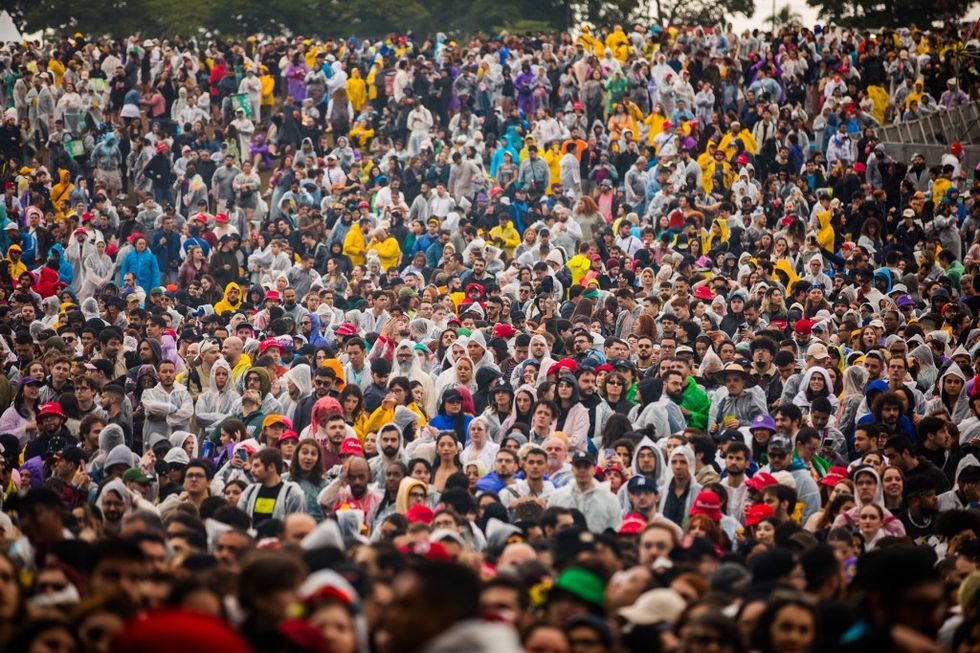
Perhaps the most tangible shift in prices amid increased severe weather are the costs of a cancellation and insurance.
Artists purchase cancellation-insurance premiums as a way to protect the guarantees they receive from promoters for their shows, while festival promoters buy it to protect their revenues. All the brokers who spoke with Rolling Stone said those premium costs have at least doubled over the past decade. Shannon Bare, senior vice president of entertainment at brokerage firm Hub International, says that in the past 10 years, the rates on those premiums rose from 1.25 percent to 2.5 percent, meaning an artist looking to protect a $1 million guarantee should now expect to pay as much as $25,000 compared to $12,500 a few years ago.
Perlini says he’s seen rates triple, with outdoor festivals in particular cutting in on insurance companies’ profits. “There’s rarely a good year in the music festival market from an insurance perspective,” he says. “It’s just a matter of how much you’re going to be paying out. It’s taken a while, but carriers have realized that it needs to be priced right to be able to make money in the long term.”
Still, as with cancellations, it’s hard to say if weather is the chief culprit. Bare and Perlini have coupled unpredictable weather with a much larger concert industry as the key reasons for insurance becoming more expensive. The live music business has grown exponentially over the past several decades, and now “there’s twice as many people buying the insurance compared to 20 years ago,” according to Bare.
Sandau acknowledges the weather effects and says the unpredictability has some level of influence on the cost, but points the finger more directly toward a shift in how insurance underwriters have handled business since the pandemic. He says they’ve gotten more rigid.
“Prior to Covid, a festival on the beach in Miami during hurricane season might have the same rate as a festival in Los Angeles in April, and that was really a product of it just being a soft insurance market,” Sandau says. “With the hardening of the market, underwriters said, ‘Wait a minute, that festival in Miami should pay a higher rate.’”
TOOLING AROUND THE GROUNDS of the Great South Bay Festival in July in a golf cart, co-organizer Jim Faith surveys the grounds of his annual gathering in Patchogue, New York, which in the past has hosted America, the Tedeschi Trucks Band, Phil Lesh, and the Doobie Brothers. When the festival launched 16 years ago, extreme weather wasn’t on Faith’s radar. “Didn’t even think about it,” he says. “Just worried about rain. I can’t even remember worrying about it for 15 years.”
Then came the summer of 2019, when Great South Bay was hit with four straight days of brutal, 100-degree-plus temperatures. “I’d never seen that before,” Faith says. “When it gets hot for a couple of days straight, people just stay in their houses. They don’t want to come out.” It was so overbearing that the festival agreed to refund tickets to some concertgoers. Then, last year, torrential rains, just days before doors opened, flooded the grounds and had to be furiously pumped out. “It just seems like there’s more lightning and more storms,” Faith says. “Are they related? I don’t know.”
Faith isn’t the only one grappling with timing issues — and where outdoor music goes from here — on the festival circuit. This year, the Form Festival, a live-music gathering in the Arizona desert, will return for the first time since 2019 — but now in October, not May. For a festival that will present Skrillex, Kim Gordon, James Blake, and Jamie XX, weather isn’t the only reason. Founder Zach Tetreault says he would also rather not compete with springtime festivals like Coachella. But the changing climate played into his decision. “How hot it will get in May was definitely one factor,” Tetreault says. “I’m moving it to a much more predictable and nicer month in Arizona. It will be much, much cooler at night.”
Adds Kirk Sommer, co-head of music at William Morris Endeavor, “There are times of year you should be looking at. You’re not going to want to play an outdoor show in Mexico in the rainy season and it seems like weather’s a bit more unpredictable. I don’t remember AQI [air quality index] being a topic of conversation until the past five years with the fire. Whenever you’re going outdoors, you’re dealing with elements, sometimes elements you can’t control.”
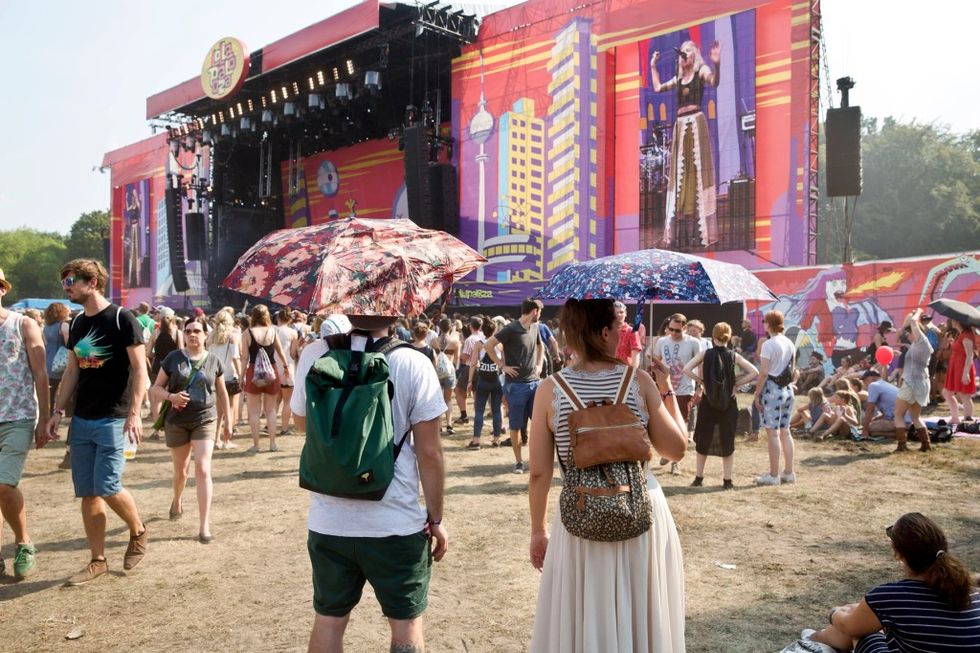
AJR’s Met, who is also the director of the climate advocacy group Planet Reimagined, says his band had groups on site at each tour stop to help push for policy changes. During AJR’s date in Phoenix, where it was 116 degrees the day of show, advocates pushed for FEMA to designate extreme heat as an emergency. For future tours, Met says AJR is planning to include outdoor shows but expects they’ll prepare to avoid hurricane challenges. “Now that we’re seeing that hurricane period expand, we’re thinking about how to route that at some point in the future to be as early as possible,” he says. “Maybe these venues would allow us to start even earlier, such as the beginning of April, so we can get these outdoor tours in before hurricane season.”
As for Summer School, two of this summer’s shows, in Ohio and Texas, were canceled due to extreme weather (a hurricane in the former case). Kaminsky and Tobin say they initially had a three- to five-year plan to grow the festival and eventually produce it in large blacktop parking lots, much as the Warped Tour did. But now they’re not so sure. “How do we continue to grow this indoors?” Kaminsky says. “Do we do it in unconventional venues or do we figure out how to do this an unconventional way in traditional venues?”
This summer’s Great South Bay Festival, with headliners including Yes’ Jon Anderson and the leading Grateful Dead tribute band, the Dark Star Orchestra, went off without major weather crises, but Faith says he’s considering moving the fest to the fall to avoid the heat. He’s worried, though, that his regular jam-band customers plan vacations around the festival and that kids may be back in school. “It’s not something we want to do, but it’s definitely getting worse,” he sighs. “In the last five years, it’s always been on our mind: Do we move the festival to a cooler time period?”
Stopping his utility vehicle under cloudy but rain-free skies, Faith points in the direction of a truck dispensing free water and the misting bridges that spray crowds with water to cool them down. “I mean, there’s not much more we can do except move the date,” he says, pausing to note July’s tranquil weather. “But this is gorgeous. This is what it’s supposed to be like.”
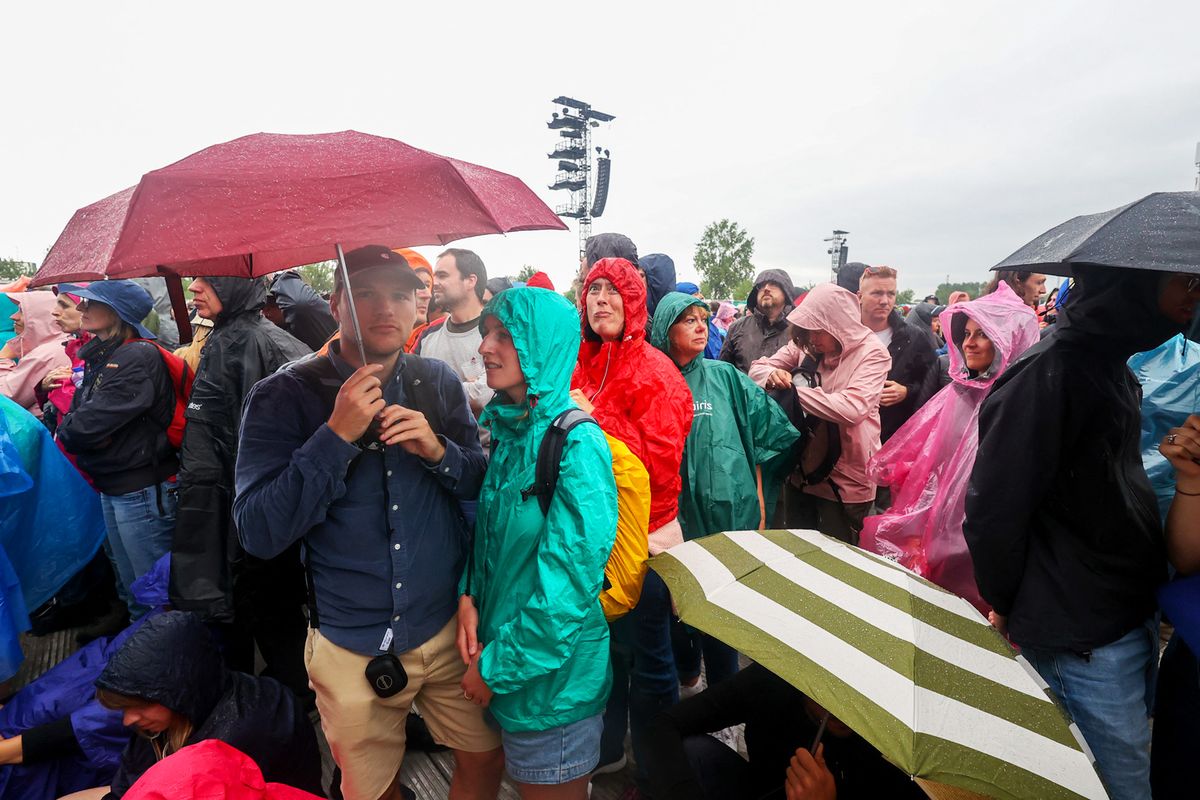
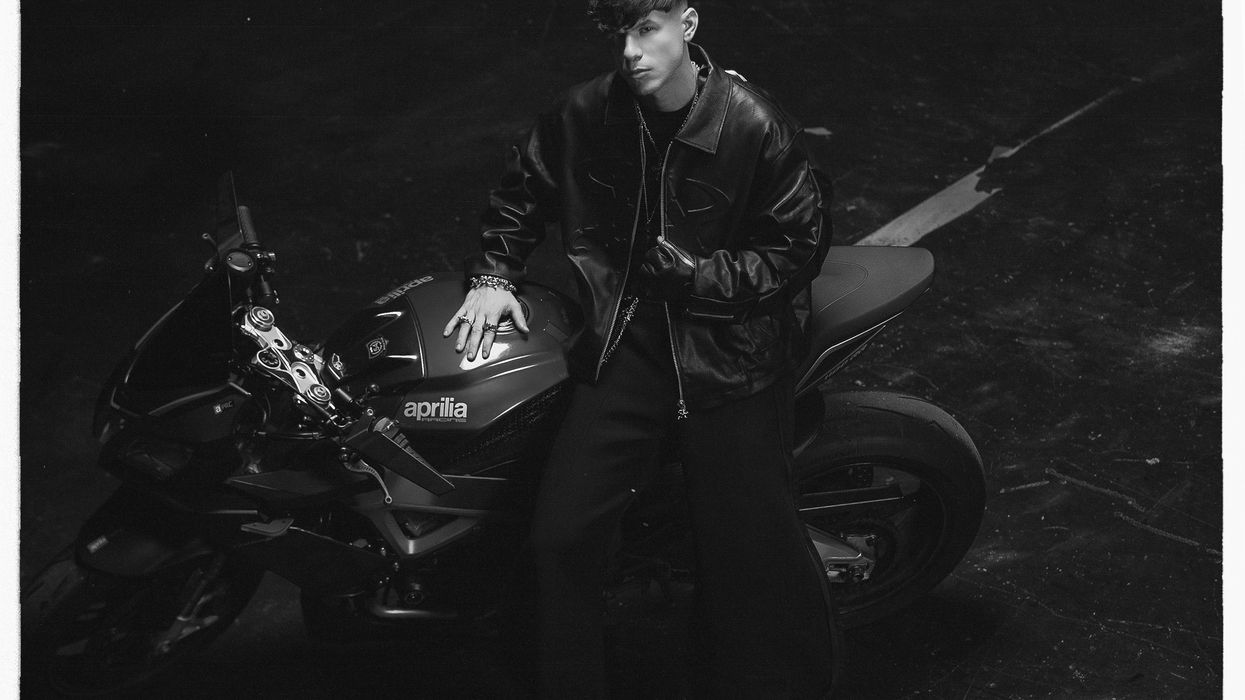

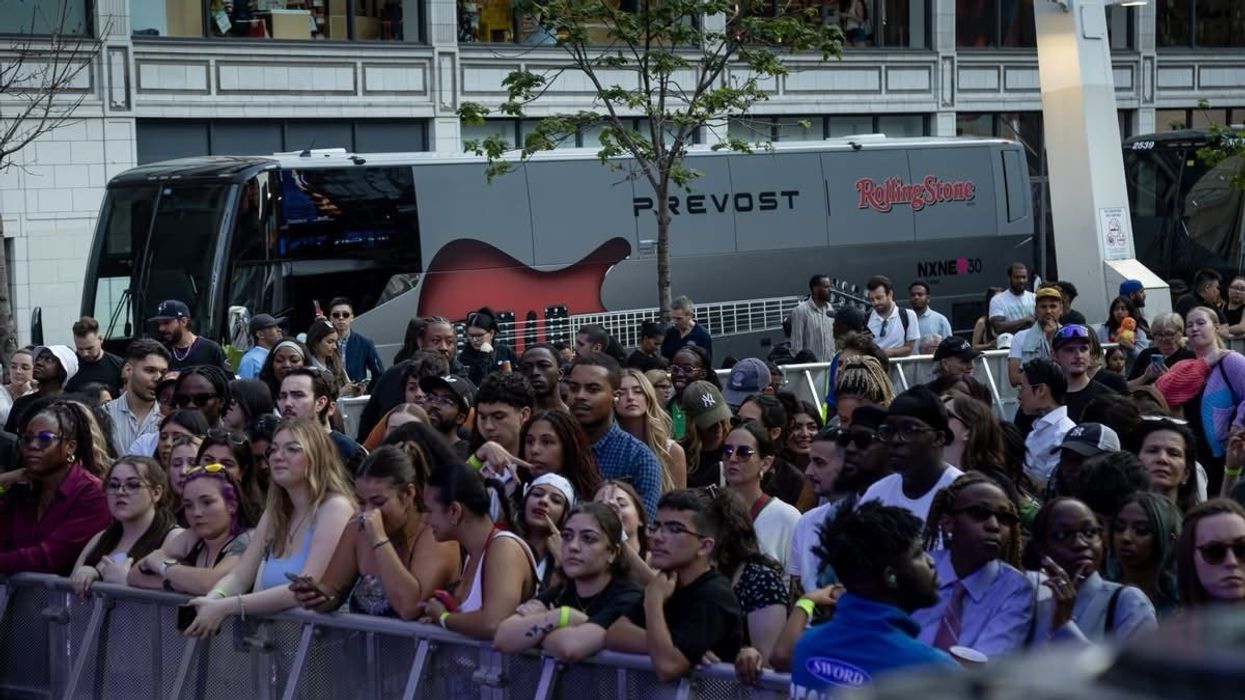
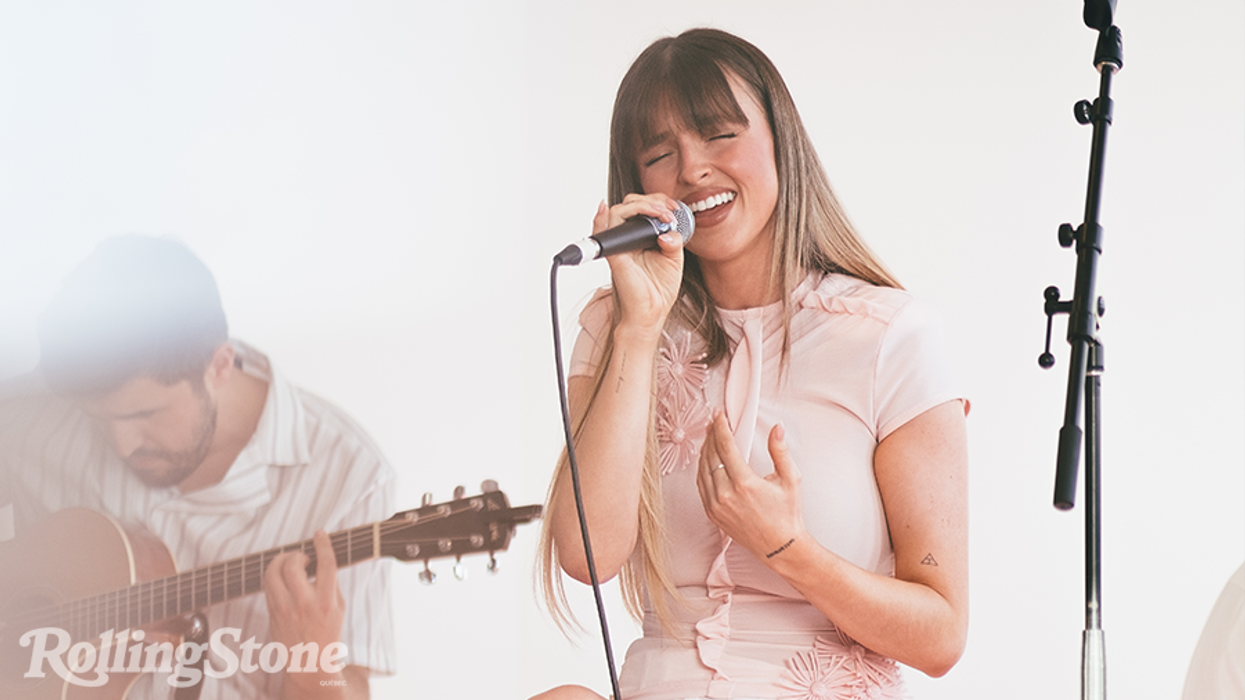
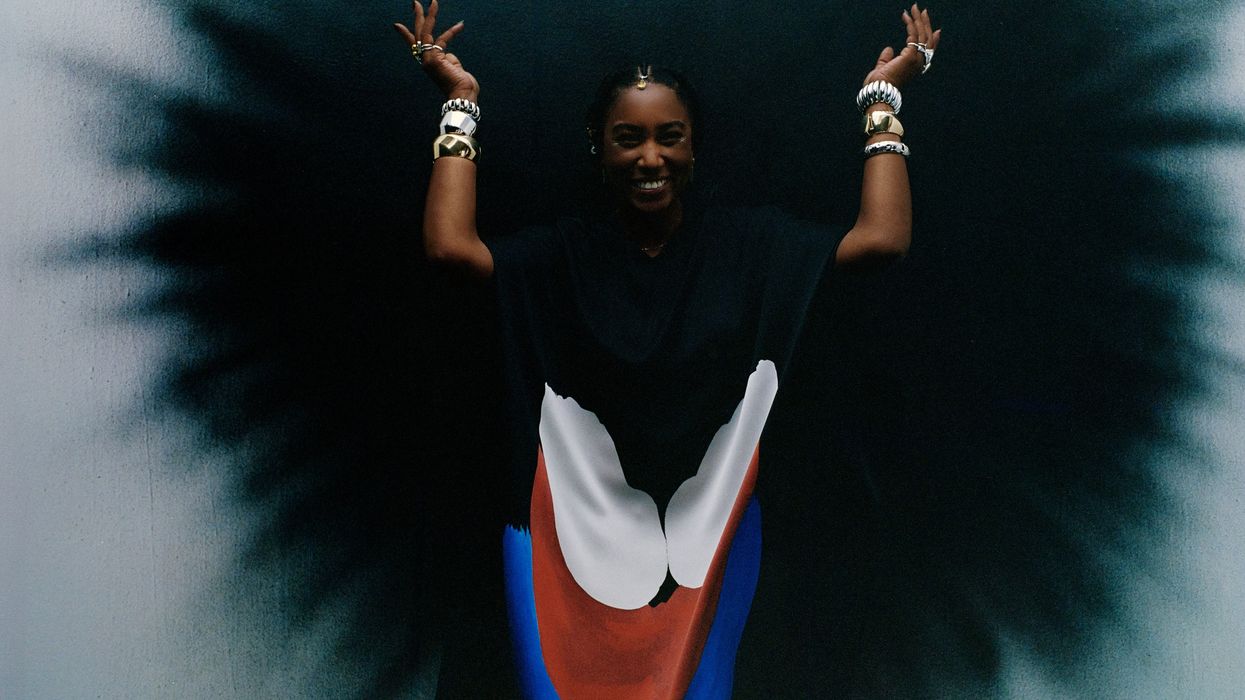
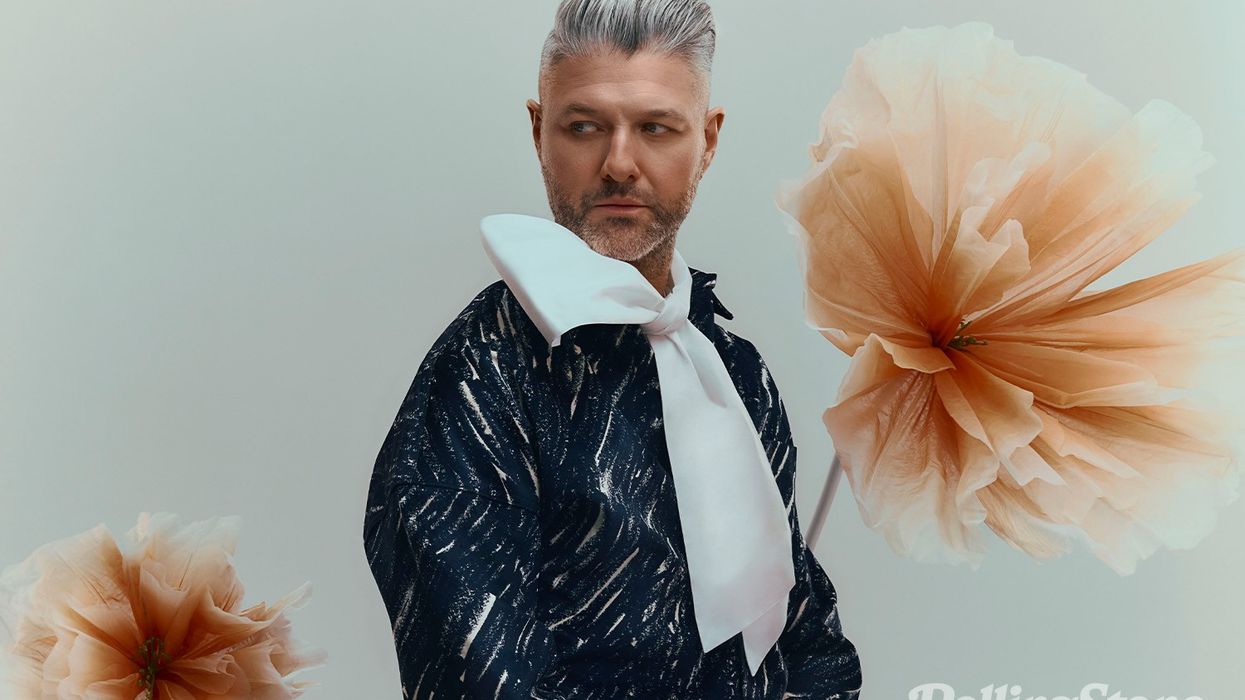
 Coat (polyester and wool), shirt (silk), Dries Van Noten, SSENSE.com / Flower (silk), M&S Schmalberg
Coat (polyester and wool), shirt (silk), Dries Van Noten, SSENSE.com / Flower (silk), M&S Schmalberg
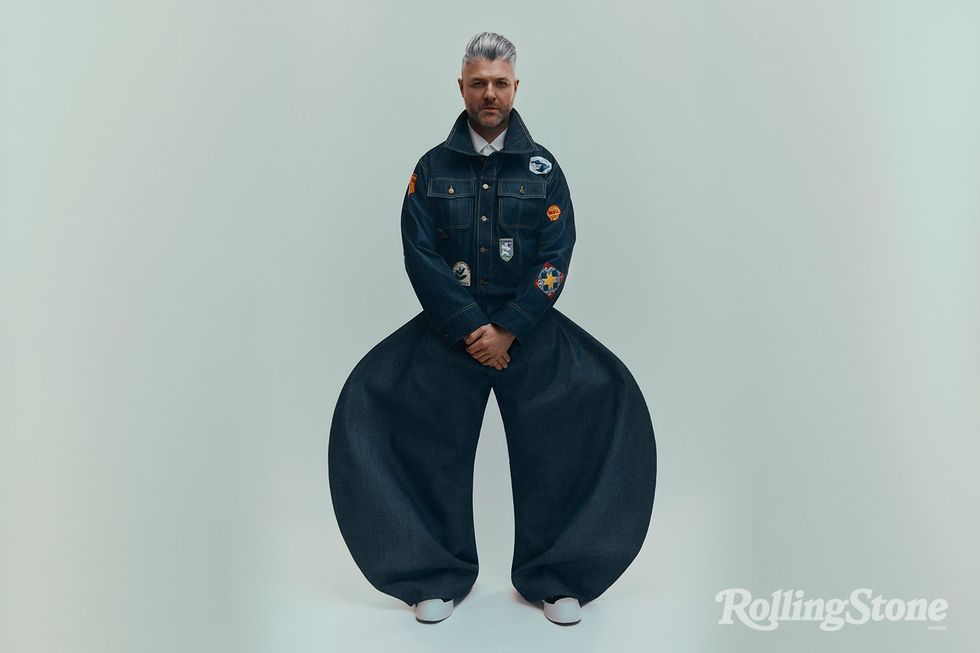 Blouson (denim and hand embroidered patches), WJ Crosson / Shit (polyester), Homme plissé Issey Miyake, Holt Renfrew/Pants from personal collection/ Shoes(canvas), Marni
Blouson (denim and hand embroidered patches), WJ Crosson / Shit (polyester), Homme plissé Issey Miyake, Holt Renfrew/Pants from personal collection/ Shoes(canvas), Marni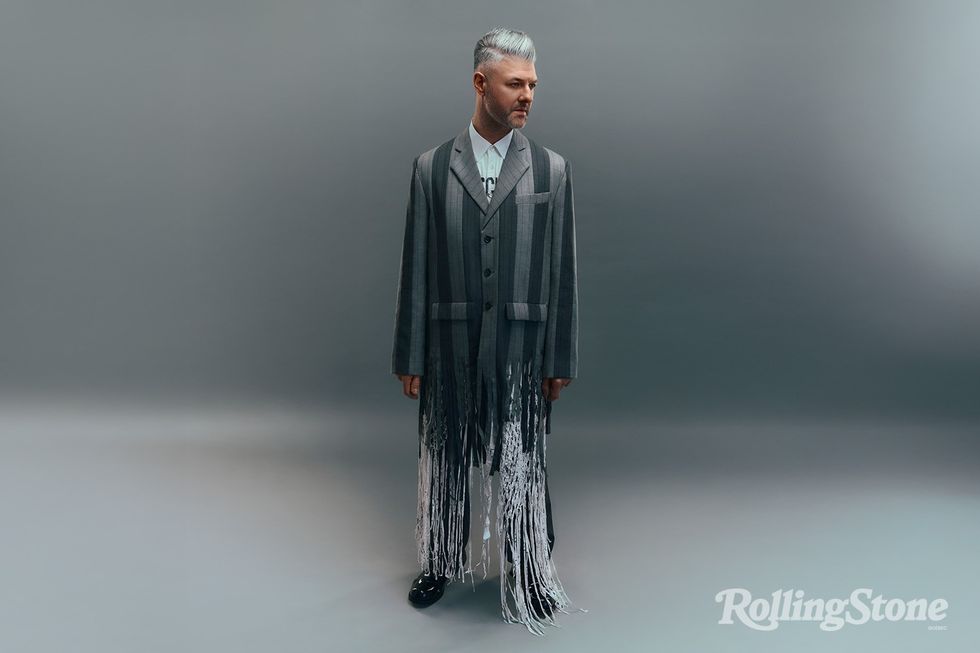 Jacket and pants (virgin wool), shirt (acrylic coated cotton), Moschino / Shoes from Pierre Lapointe's personal collection
Jacket and pants (virgin wool), shirt (acrylic coated cotton), Moschino / Shoes from Pierre Lapointe's personal collection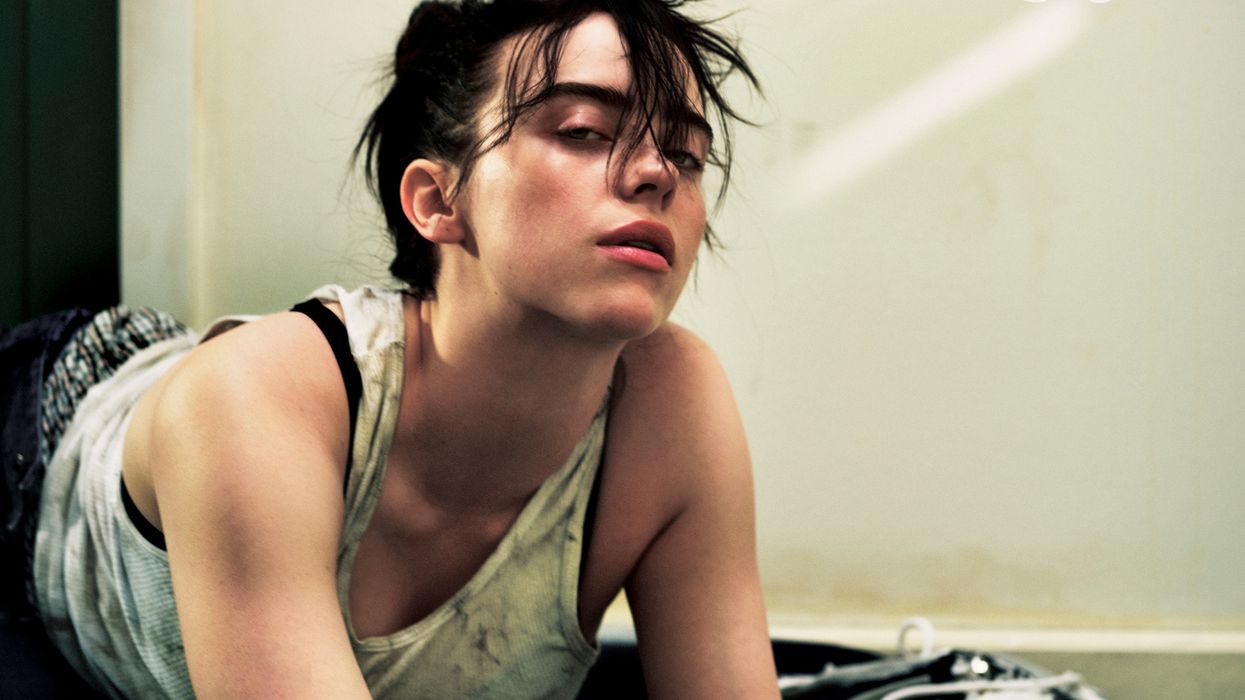
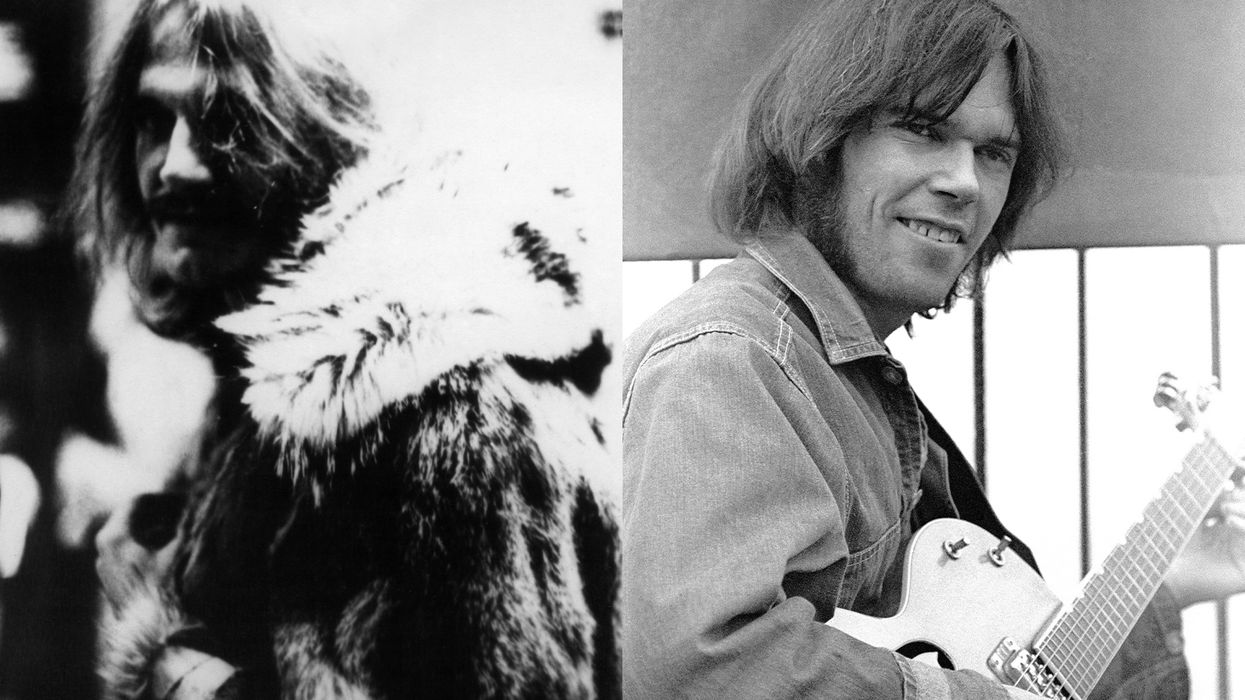
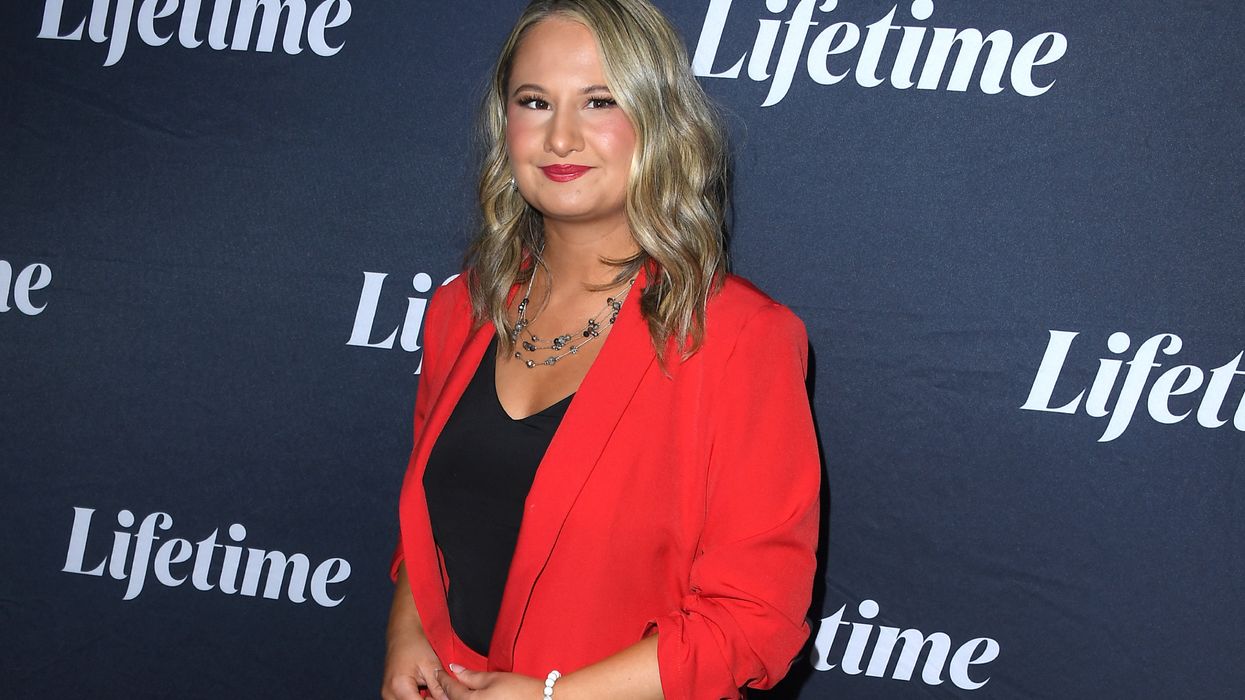
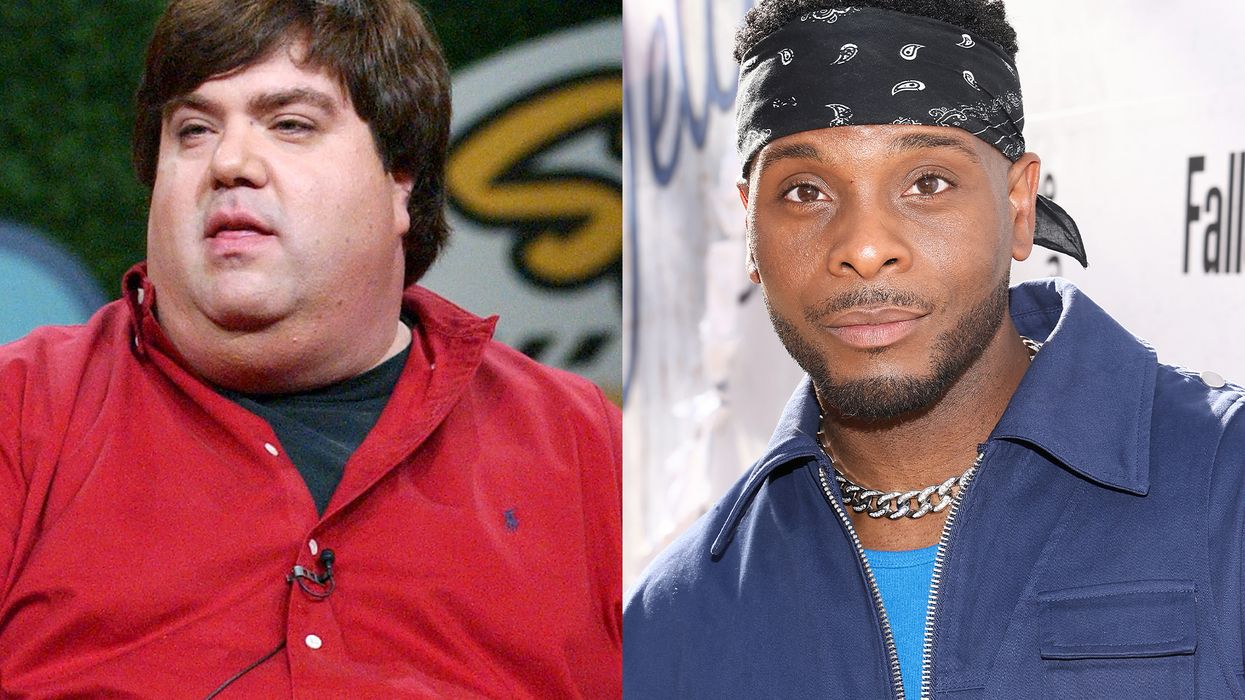
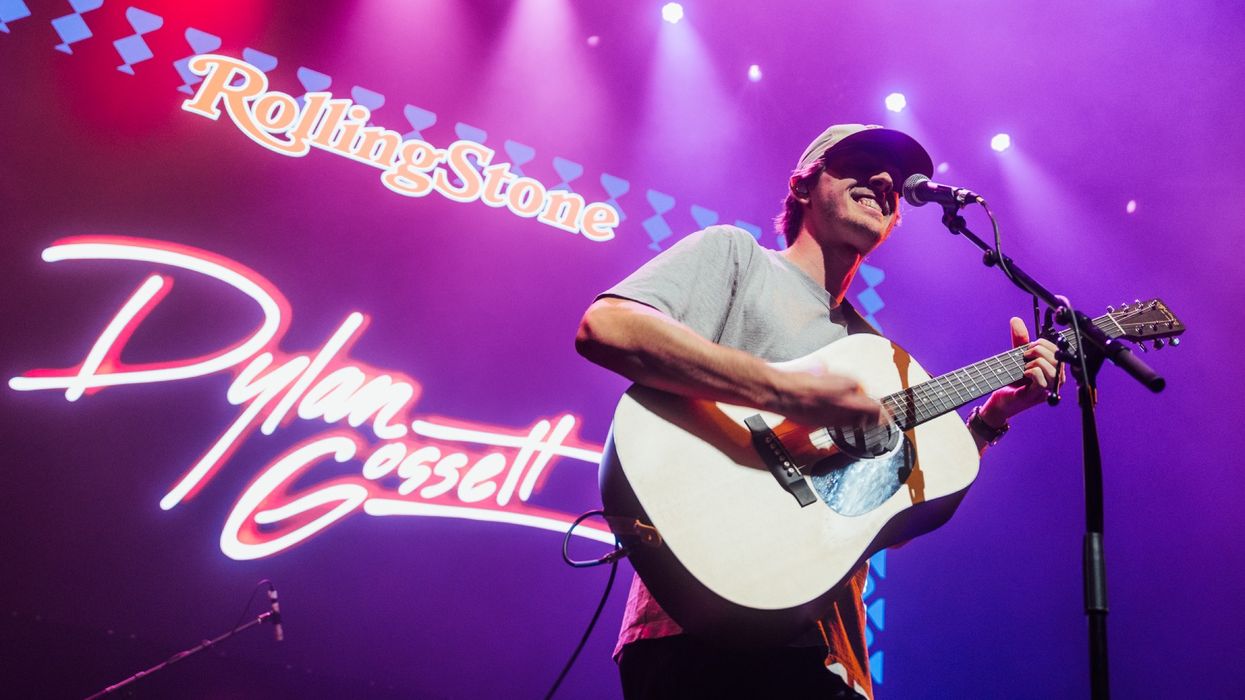
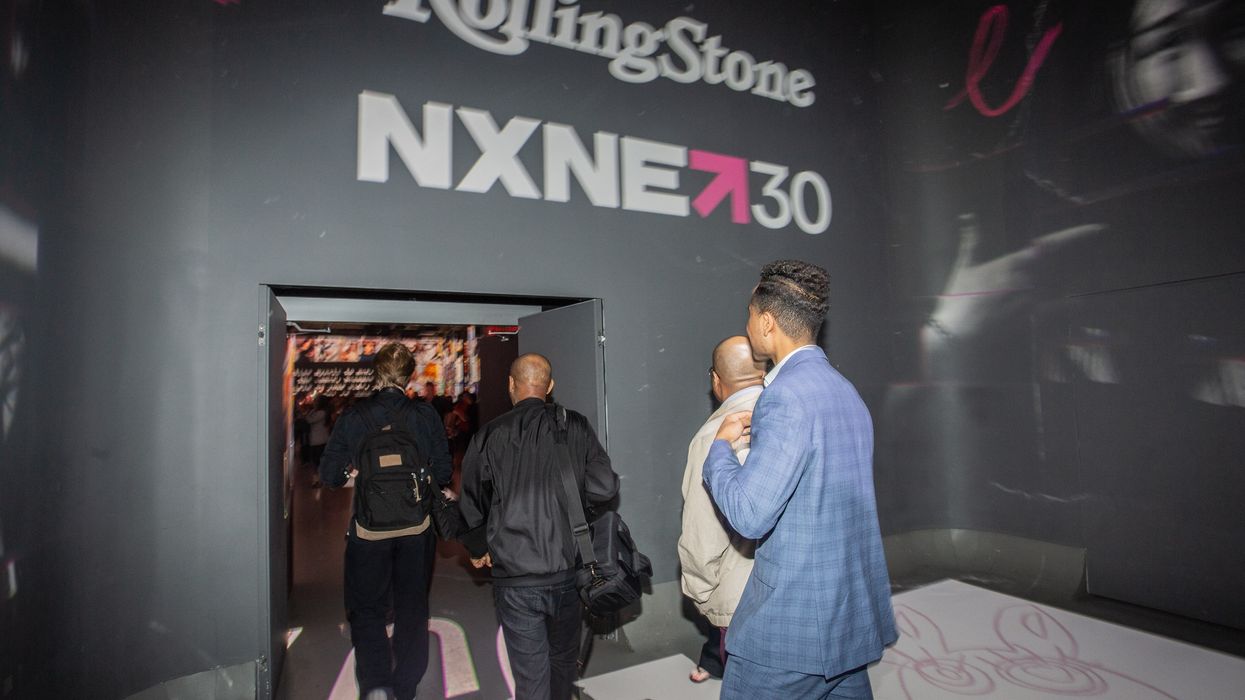
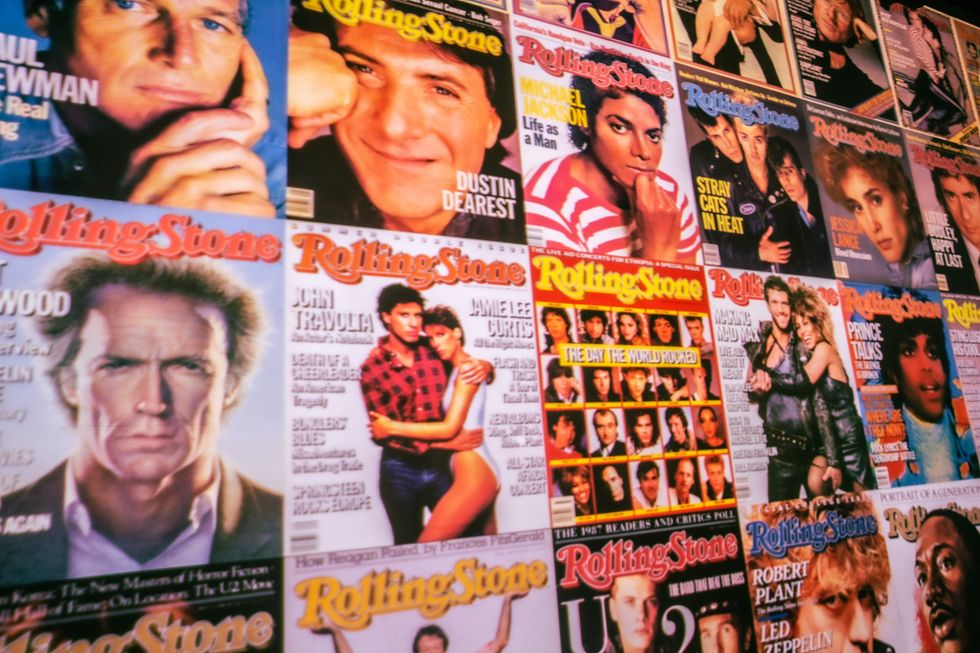
 Catering Presented By The Food DudesPhoto by Snapdrg0n
Catering Presented By The Food DudesPhoto by Snapdrg0n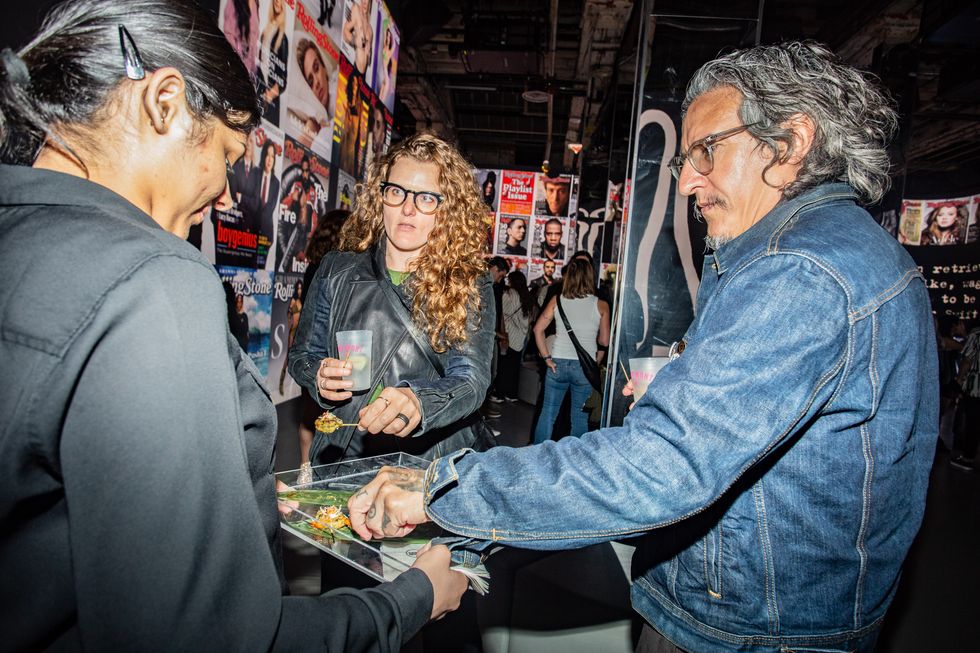 Catering Presented By The Food DudesPhoto by Snapdrg0n
Catering Presented By The Food DudesPhoto by Snapdrg0n Catering Presented By The Food DudesPhoto by Snapdrg0n
Catering Presented By The Food DudesPhoto by Snapdrg0n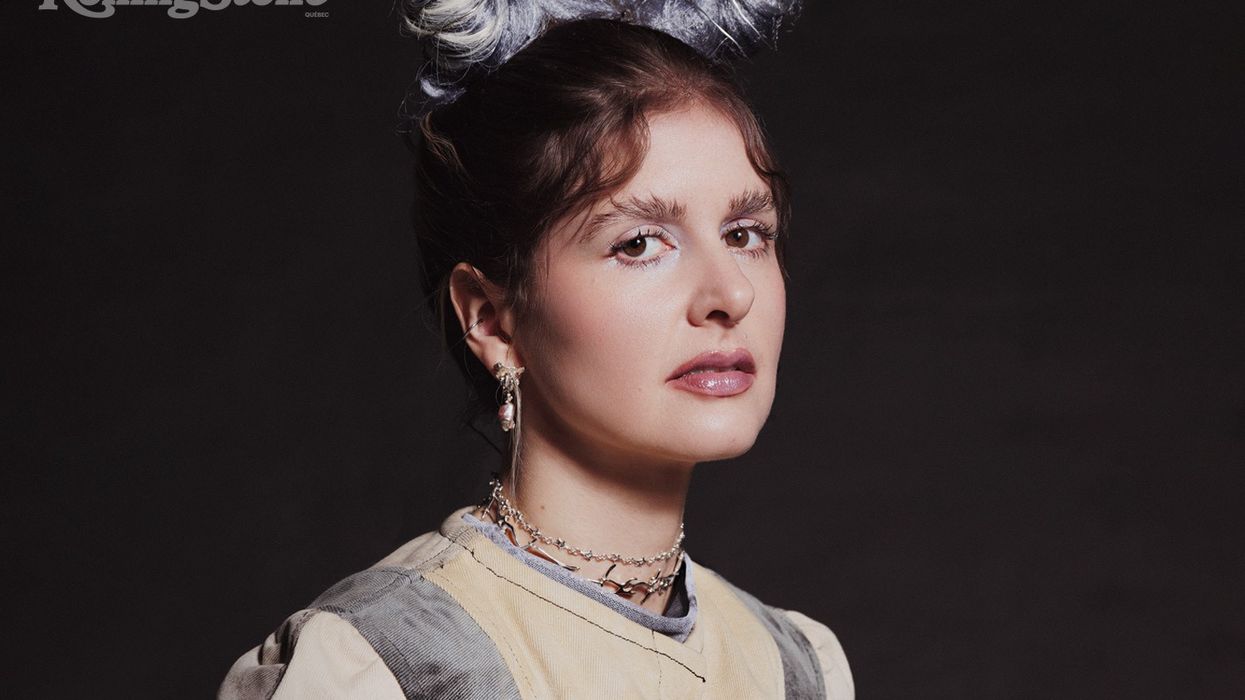
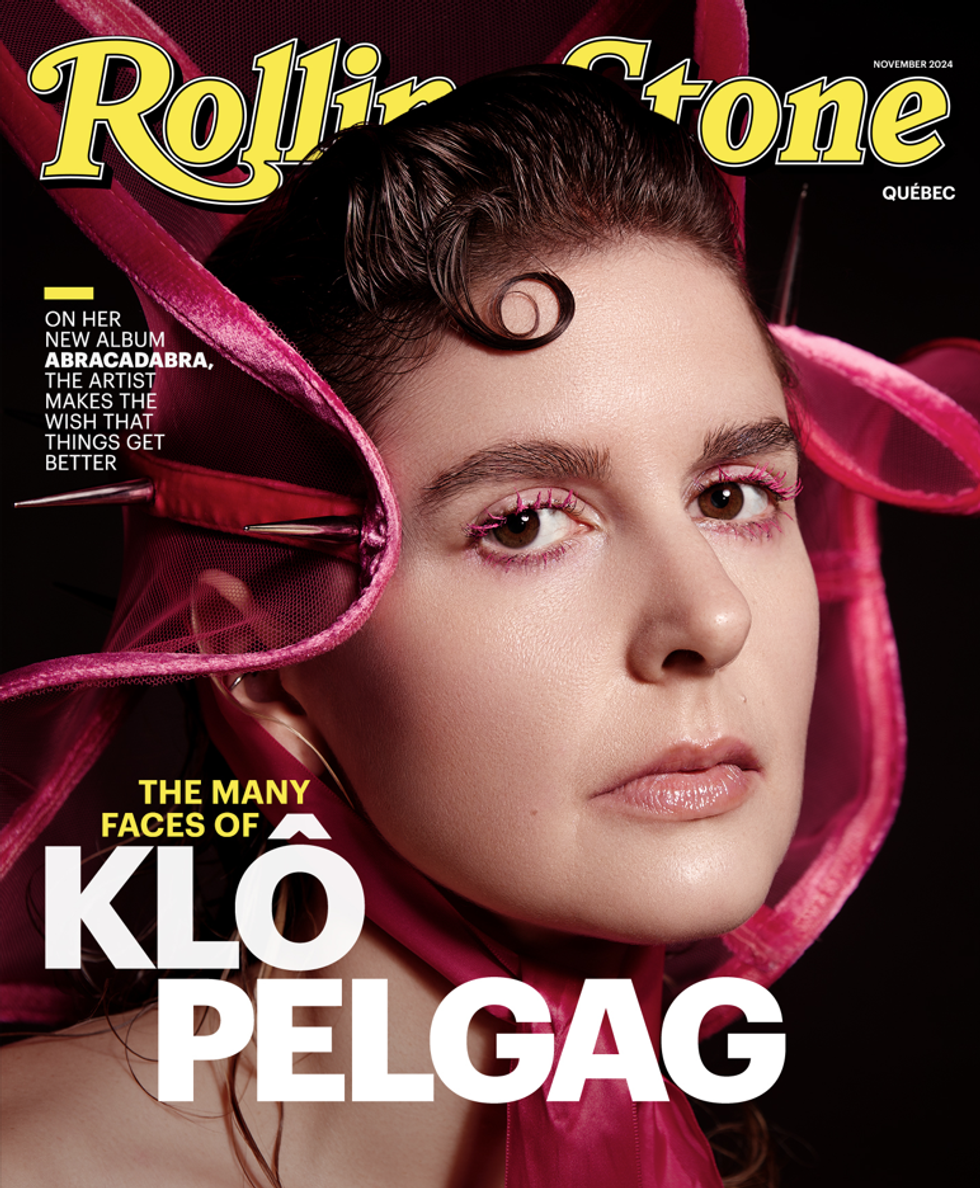 Photographer: Raphaëlle Sohier / Executive production: Elizabeth Crisante & Amanda Dorenberg / Design: Alex Filipas / Post-production: Bryan Egan/ Headpiece: Tristan Réhel
Photographer: Raphaëlle Sohier / Executive production: Elizabeth Crisante & Amanda Dorenberg / Design: Alex Filipas / Post-production: Bryan Egan/ Headpiece: Tristan Réhel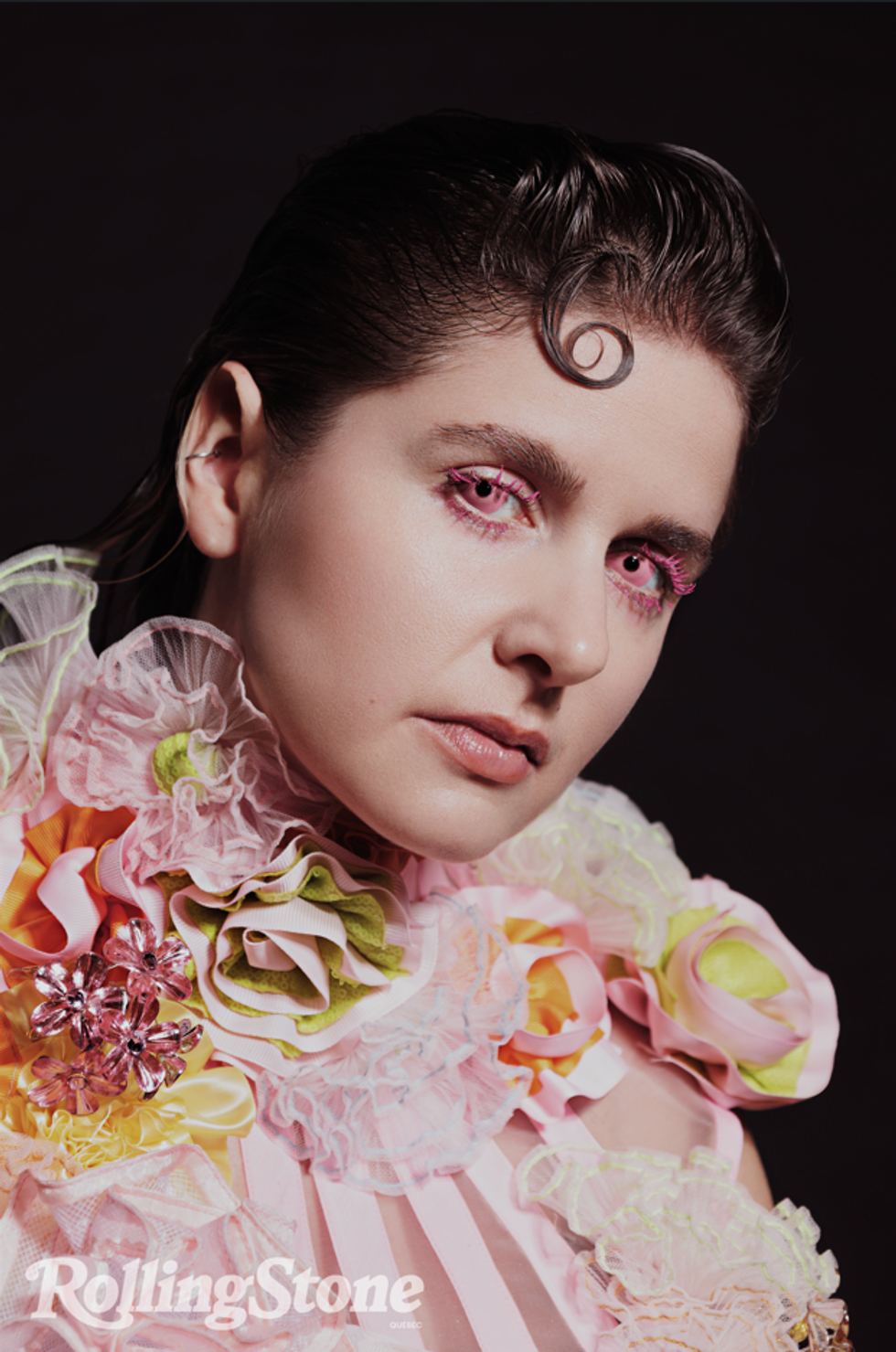 Photo: Raphaëlle Sohier
Photo: Raphaëlle Sohier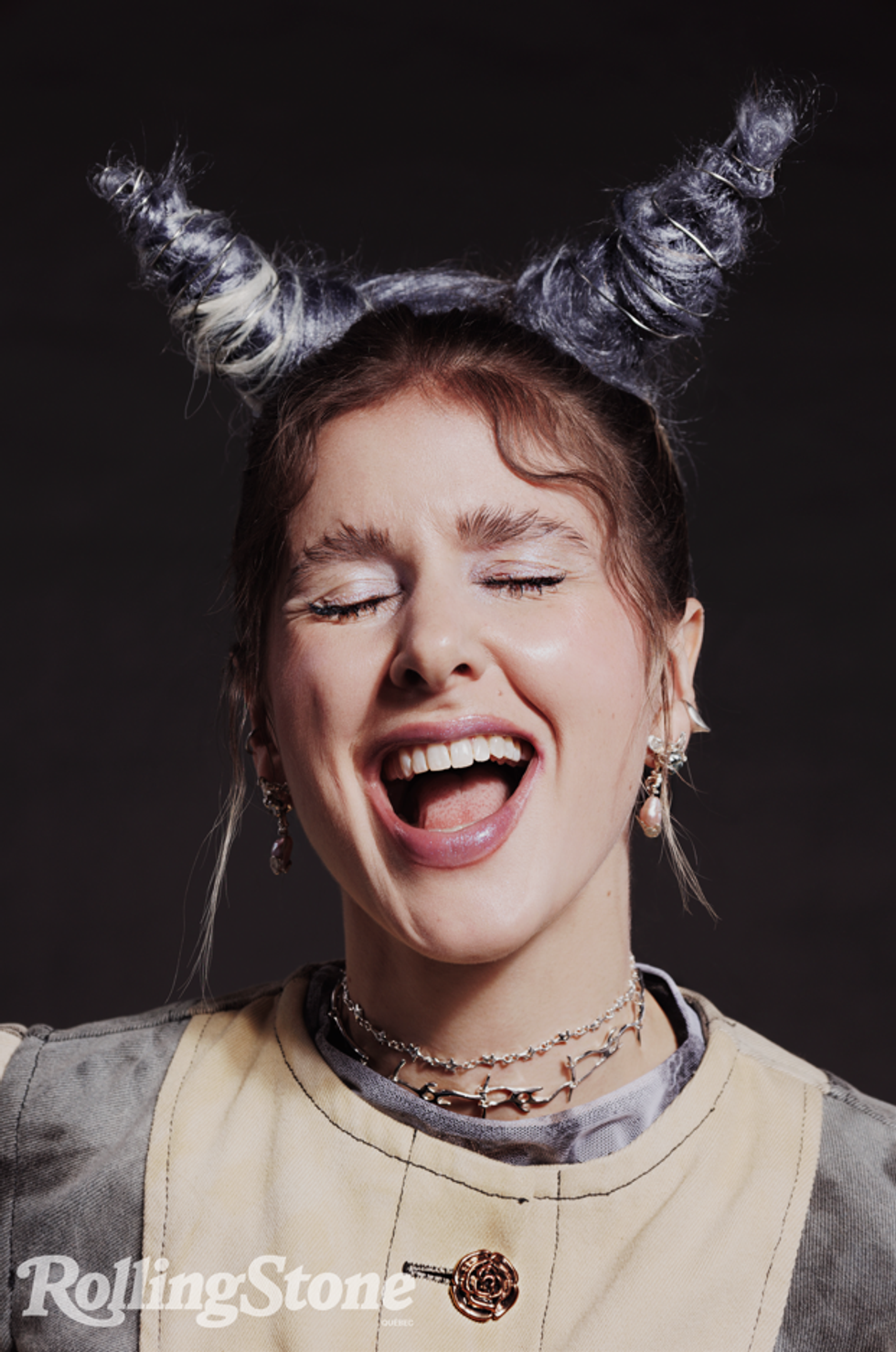 Photo: Raphaëlle Sohier/ Photo production: Bryan Egan/ Blazer:
Photo: Raphaëlle Sohier/ Photo production: Bryan Egan/ Blazer:  Photo: Raphaëlle Sohier/ Blazer: Vivienne Westwood/ Skirt :
Photo: Raphaëlle Sohier/ Blazer: Vivienne Westwood/ Skirt : 